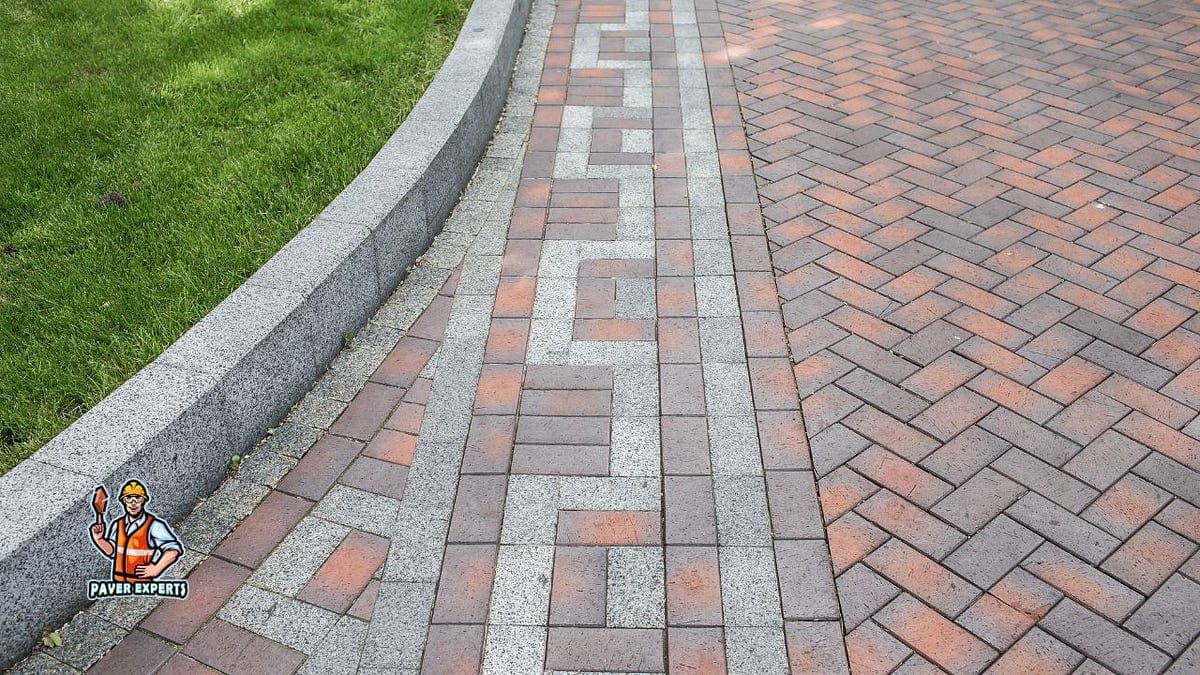Property line regulations are important considerations when planning and executing a concrete construction project. These regulations are typically enforced by local government authorities and are designed to ensure that construction activities do not encroach on neighboring properties, maintain public safety, and adhere to zoning and land use laws. Here’s what you need to know about property line regulations when undertaking concrete construction:
Survey Your Property:
Before starting any concrete construction project, it’s crucial to have a professional land surveyor determine the exact location of your property lines. This will help you establish the boundaries within which you can legally build.
Check Local Zoning Regulations:
Zoning regulations dictate how properties can be used and what types of structures can be built on them. Ensure that your proposed concrete construction project complies with your local zoning regulations. This might involve factors such as setbacks (minimum distances between structures and property lines), permissible land uses, and building height restrictions.
Permit Requirements:
Most jurisdictions require permits for concrete construction projects, especially if they involve significant alterations to the property. Make sure to obtain all the necessary permits before starting work. Part of the permit process often includes a review to ensure your project adheres to property line regulations.
Boundary Disputes:
In some cases, property line disputes may arise with neighbors. It’s essential to resolve these issues before beginning your concrete construction project. This may involve hiring a land attorney or mediator to help reach an agreement with your neighbor.
Easements and Right-of-Way:
Check if there are any easements or right-of-way agreements on your property. These are typically areas where utilities or public access may be granted. Ensure that your concrete construction project doesn’t interfere with these designated areas.
Utilities and Underground Infrastructure:
Before digging or excavating for your concrete project, contact the local utility companies to locate and mark any underground utilities. This helps prevent damage to water, gas, sewer, and electrical lines, and it may be a legal requirement in your area.
Setback Requirements: ‘
Setbacks are minimum distances that structures must be located from property lines. They are often specified in zoning regulations. Make sure to adhere to these requirements, as encroaching on setbacks can lead to code violations and legal issues.
Environmental Regulations:
In some cases, local regulations may require special consideration for environmental factors, such as water drainage, runoff control, and the protection of natural resources. Compliance with these regulations may affect your concrete construction project’s design and execution.
Professional Consultation:
It’s advisable to consult with professionals such as architects, engineers, and attorneys who have experience with local property regulations. They can help you navigate the complexities of zoning laws, easements, and property line issues.
Respect Neighbor Relations:
Maintain open and respectful communication with your neighbors throughout the construction process. Address any concerns they may have and try to minimize disruptions as much as possible.
Failure to adhere to property line regulations can result in costly delays, fines, and legal consequences. It’s essential to thoroughly research and comply with all relevant regulations before starting your concrete construction project to ensure a smooth and trouble-free process. Consulting with local authorities and professionals with expertise in construction regulations is often a wise step to take.




